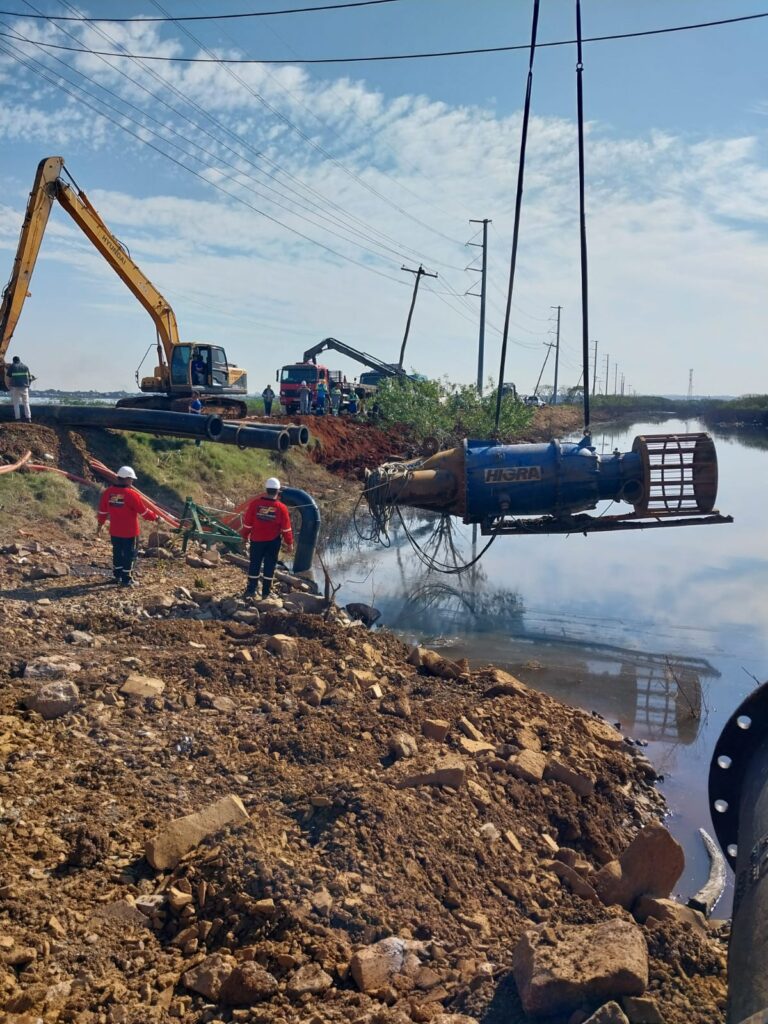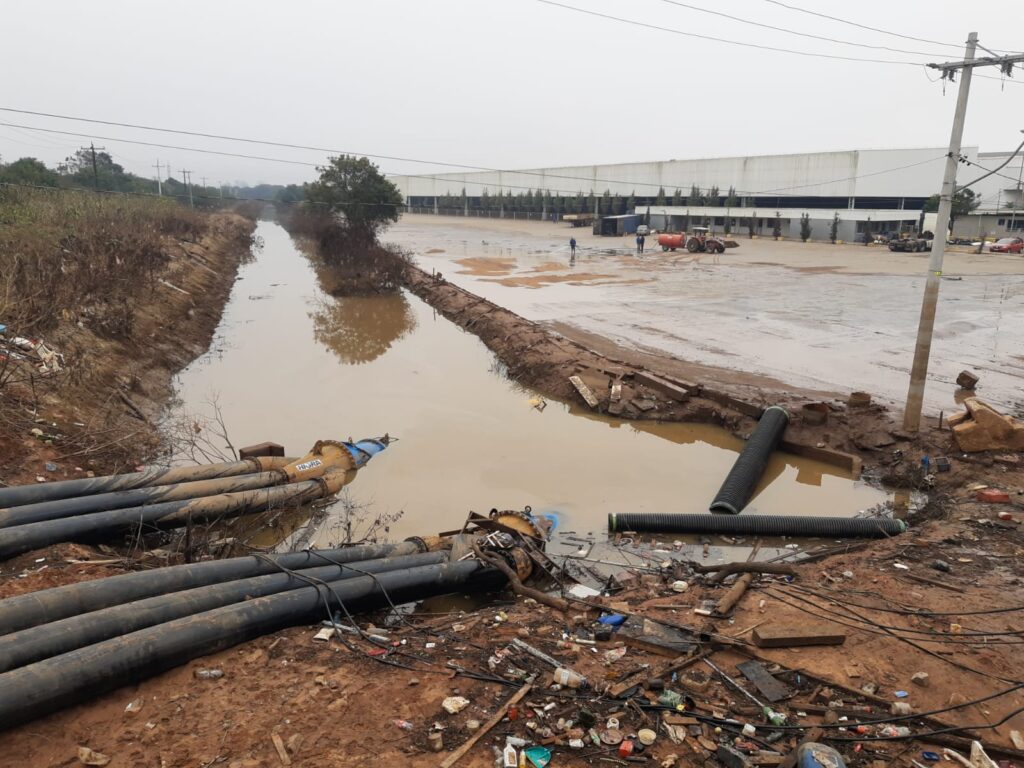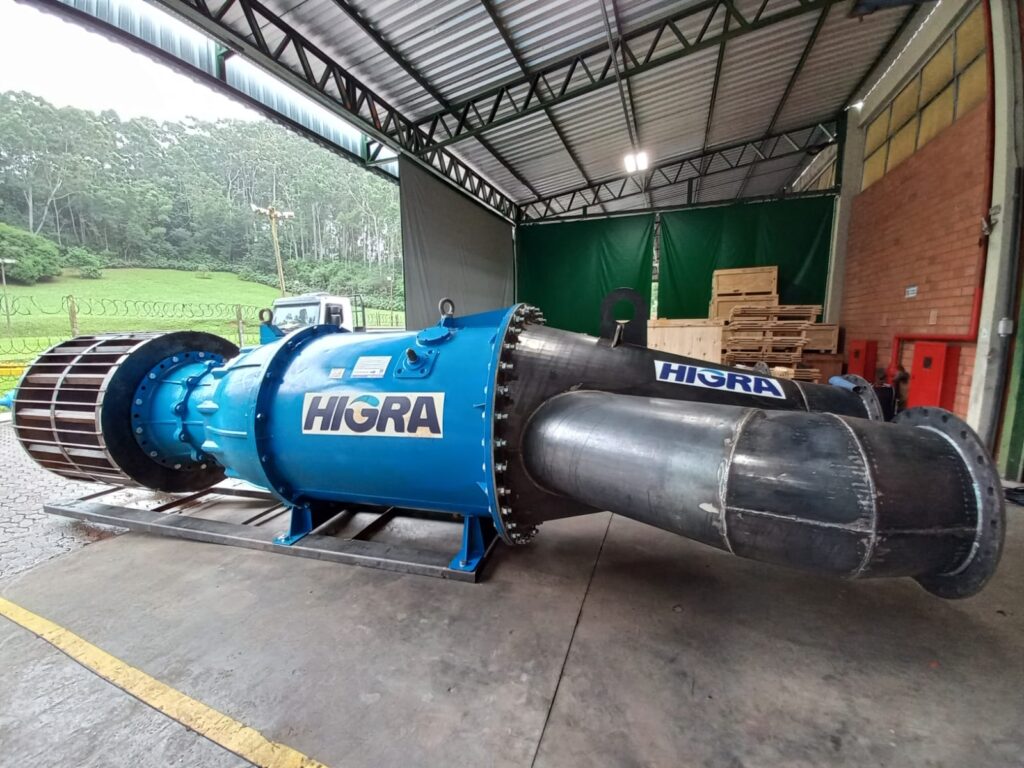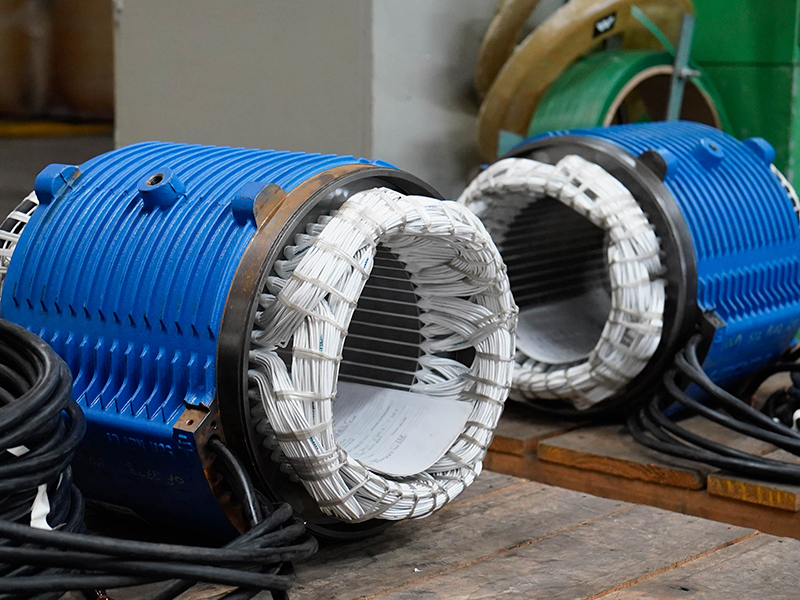The Company That Made a Difference During the Floods in Southern Brazil

A company founded in 2000 drew attention for both its products and its solidarity in responding to the demands imposed by the worst climate disaster in the history of Southern Brazil. This company is HIGRA, which, during the months of May and June, provided 13 amphibious pumps to drain over 16 billion liters of water — equivalent to more than 6,000 Olympic-sized swimming pools — in several cities.
The company’s CEO, Alexsandro Geremia, recalls that as soon as the flooding problems began, with the breaking of levees, he felt the need to assist. “We made our infrastructure available, as well as the amphibious pumps we had in stock and ready to ship, even internationally. We spoke with our clients, who understood the emergency and the subsequent delay in delivery. In total, we provided pumps that, if sold, would generate more than USD 3.6 million. Our primary goal at that moment was not profit, but to help in the best way possible,” says the director. “The rental value only covered engineering costs, adaptation, field monitoring, and revisions upon return,” he adds.

Geremia highlights another key factor that greatly contributed during the emergencies in the cities that received HIGRA’s amphibious pumps: the ease of installation. “With all components on-site, we estimated four hours to start the pump system’s operation. It’s more compact and agile than conventional systems, given the adaptive capability of the amphibious pump and the lack of need for shaft alignment,” he says.
What are Amphibious Pumps?
Amphibious pumps are pumping devices designed to operate both submerged and out of the water, offering versatility in various applications. Ranging from 300 kg to over 6 tons, these pumps use wet motors lubricated with water, eliminating the need for oils and reducing environmental risks. Ideal for urban stormwater drainage, these pumps efficiently handle large volumes of water and debris such as trash and mud, which can clog traditional systems.
According to HIGRA’s Market Coordinator, Deivis dos Santos, one of the main challenges in urban stormwater drainage is managing large volumes of water during intense rainfall events, as drainage infrastructure is often unable to cope with excessive flows, either due to pumping capacity (flow rate) or, as seen in several cities in the area, because dry motor pumps cannot operate in high water levels. “Rainwater in urban areas tends to carry a variety of debris, including trash, mud, and rubble, which can clog and damage drainage systems. The amphibious pumps, with their unique design, have protective grids with wider spacing, reducing the possibility of clogs from smaller solids, such as leaves, wood, cans, etc.,” explains the coordinator.

HIGRA
HIGRA’s product portfolio features amphibious pumps as the flagship product, also offering aerators and mixers for effluent treatment, submersible pumps, sewage pumps, and turbogenerators for clean energy generation. All the company’s products are 100% developed in-house. Currently, its headquarters employs mote than 100 professionals directly.
Author: Diego Rosinha




